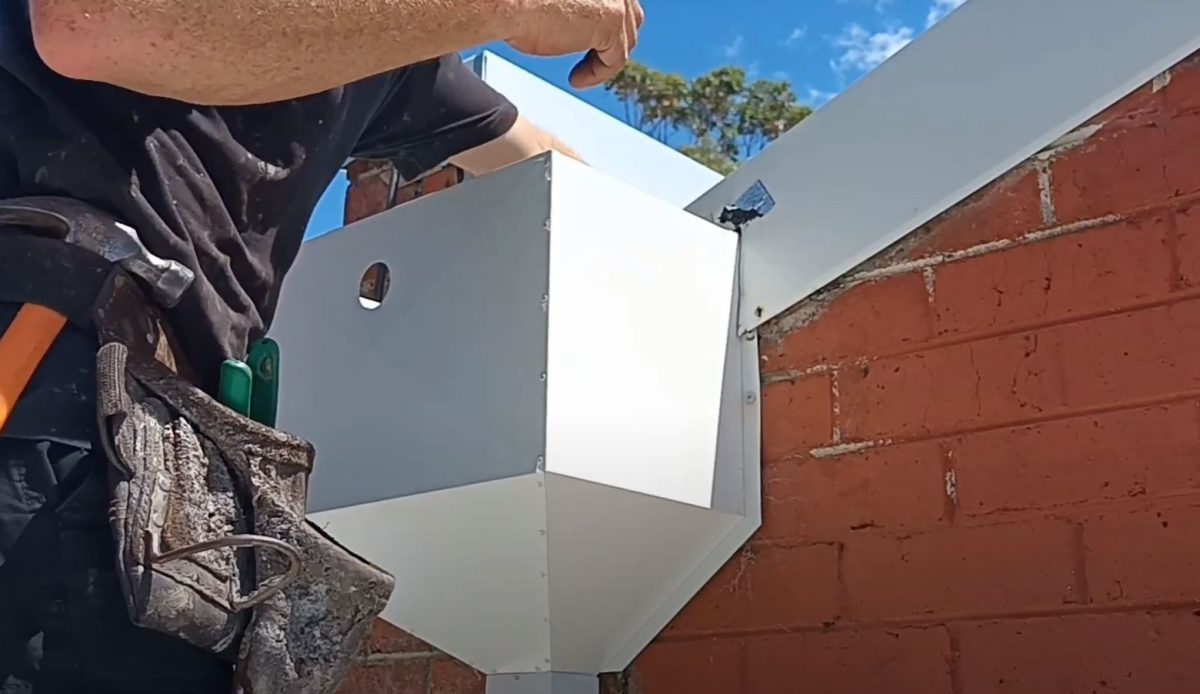Understanding the Sump
A sump is a central part of many roofing and drainage systems, especially prevalent in areas of Auckland like Ponsonby, where older architecture meets modern design. It refers to a recess or a pit, typically located at the lowest point of a property, designed to collect excess water. The sump’s primary purpose is to act as a collection point, often for rainwater, from where the water can be directed away, usually with the aid of a pump.
- Functionality: The primary role of a sump is water collection. It ensures that excess water, especially during heavy downpours, does not stagnate on roofs or in basements.
- Installation: A sump must be correctly installed at the lowest point to ensure effective drainage. This requires accurate measurements and sometimes, site excavation.
- Maintenance: To ensure its efficiency, regular checks are essential. A blocked or improperly functioning sump can lead to waterlogging, which can compromise the structural integrity of a building.
Delving into Rainheads
In contrast, the rainhead, a feature many in Mount Eden might recognise, is a funnel-shaped catchment area attached to a building’s external walls, usually where downpipes intersect the guttering system. The rainhead serves as a filter, preventing debris from entering and potentially blocking the drainage system.
- Functionality: Rainheads act as a buffer for the stormwater system, catching any debris and preventing blockages in the downpipes. It’s particularly crucial in areas with tree canopies.
- Design Varieties: Rainheads come in various designs and styles, from the ornate to the purely functional. The choice often depends on the building’s aesthetic and the specific requirements of the drainage system.
- Positioning: Ideally, rainheads should be installed at a point where they can easily be accessed and cleaned. Their placement is crucial for their maintenance and long-term effectiveness.
Health, Safety, and Risks
Both sumps and rainheads play crucial roles in preventing water damage to properties. However, improper installation or maintenance can pose risks:
- Waterlogging: A malfunctioning system can lead to water accumulation, increasing the chances of leaks, structural damage, and even mould growth.
- Debris Accumulation: Especially in the case of rainheads, accumulated debris can become a fire hazard, particularly in the dry season.
- Pest Infestations: Stagnant water can attract pests and become a breeding ground for insects like mosquitoes.
Local Nuances in Auckland
In Auckland, with its unique climate and blend of architectural styles, understanding these systems is crucial. For instance, Ponsonby’s vintage villas might have different requirements compared to the modern townhouses of Mount Eden. A tailored approach, considering these local nuances, ensures that roofing and drainage systems function optimally.
Summary Table: Sump vs. Rainhead
| Aspect | Sump | Rainhead |
| Purpose | Collects water | Filters debris and prevents blockages |
| Location | Lowest point of a property | Where downpipes intersect with guttering system |
| Maintenance | Regular checks to prevent blockage | Regular cleaning to remove debris |
| Risk Factors | Waterlogging, structural damage | Fire hazards, blockages, pest attraction |
| Varieties | Mostly standardised, based on property’s requirement | Numerous designs based on aesthetics and functionality |
For Aucklanders considering a roofing project, it’s essential to understand these components’ roles and importance. Trusting a professional like My Roofers Auckland ensures that these systems are not only correctly installed but also effectively maintained, ensuring the safety and longevity of your property. They are experts at rainhead installation and repairs.
Frequently Asked Questions
- What is a Sump in Roofing Terms? A sump is a depression or dip designed to collect water, often found on a flat roof or low-lying area. It allows for effective water drainage, ensuring that pooling or excessive water doesn’t damage the roof.
- How Does a Rainhead Function? Rainheads, often called collector boxes, act as external overflow devices. They capture excess water from the gutter, preventing water from gushing down walls or into areas where it could cause damage, and divert it safely to the ground or a drainage system.
- Are There Different Types of Rainheads Suited to Auckland’s Climate? Absolutely! In areas like Ponsonby or Remuera, where there are a mix of older and modern homes, rainheads are designed to suit the specific architectural styles while also factoring in the region’s frequent rain showers. Some rainheads are especially adept at handling heavy downpours common to Auckland.
- What Safety Risks are Associated with Improper Drainage Systems? Improperly designed or maintained drainage systems, including sumps and rainheads, can lead to water pooling. This not only damages the structure but can also lead to roof collapses in severe cases. Additionally, stagnant water can be a breeding ground for pests and pathogens.
- Why Should I Engage My Roofers Auckland for My Roofing Project? My Roofers Auckland is knowledgeable about the local climate and specific requirements of Auckland homes, ensuring a tailored approach to roofing projects. They prioritize safety and longevity in their designs, ensuring homeowners get the best value and peace of mind.

